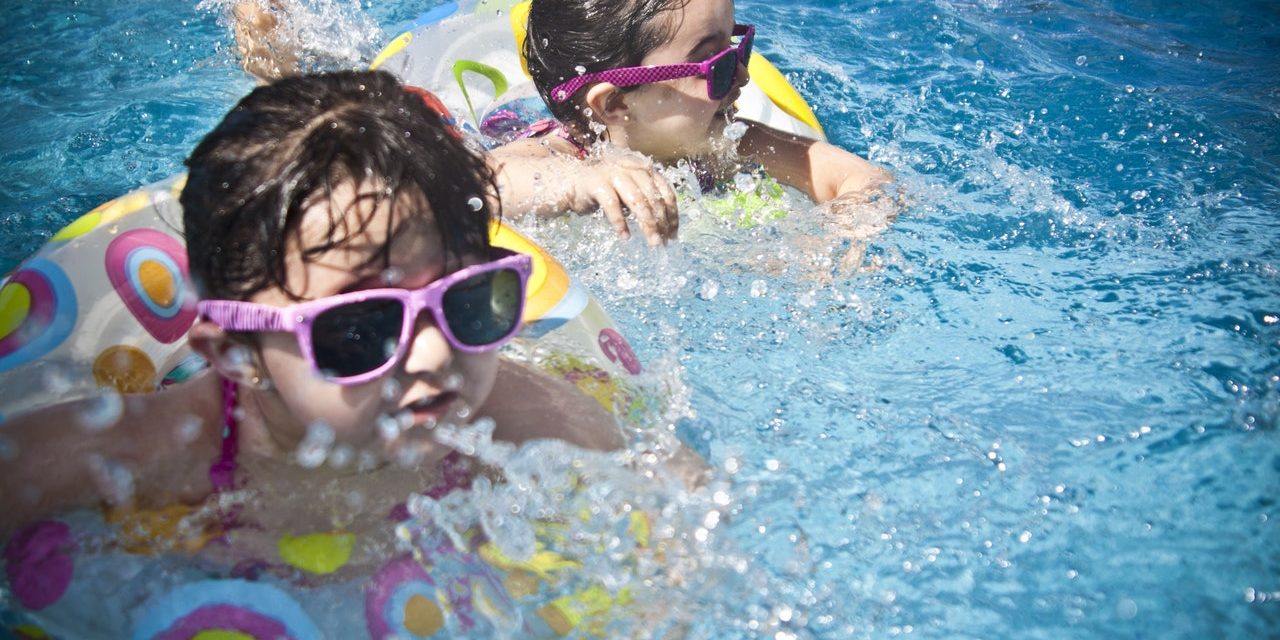Whether it’s unsightly black marks on corners and steps or a full-blown algae bloom changing the color of the water, seeing algae growing in a pool is not a pleasant sight. What’s more, once algae has got a grip on your pool, it can be costly and time-consuming to get rid of.
So, it’s sensible to build the following precautionary steps into your weekly pool maintenance routine – you’ll cut the chances of algae appearing.
Good circulation
Perhaps the most important method of keeping your pool free of algae is to keep circulation running optimally. Regularly check and clean your pool’s skimmer and pump strainer baskets – to ensure that water and sanitizer keep flowing throughout the system. You should also regularly inspect the filters for any debris and clean them too.
Keep your sanitizer within the desired range
Algae spores will constantly be landing on your pool – yet as long as your pool is well sanitized, the vast majority will never take hold. If you use chlorine, the correct level is between 2.0 and 4.0 parts per million – although check with your sanitizer’s instructions. To make sure you don’t forget, it might be worth investing in an automatic or floating chlorinator which stays in the pool at all times and means your pool is never short of sanitizer.
Build regular brushing into your routine
Very often, a bit of good manual brushing will see off any build up of algae. As part of your regular pool-cleaning routine, spend some time brushing away at the corners, steps and overhangs in your pool to clear any algae from growing in those places. If untreated, algae can grow its roots into the cracks in these surfaces, making it hard to get rid of permanently.
Use algaecide on a regular basis
Algaecide should be used as a regular part of your pool-cleaning routine and is as much a preventative measure as a way of killing existing build ups. Visit your local pool store or ask your cleaner for recommendations, and then simply add the algaecide to the water according to pack instructions.
Monitor year-round
Last but not least, you should be monitoring your pool for algae year-round – even when the pool is not in use. This will help you spot any problems early – and eliminate algae before it gets out of control.
If algae has already taken a hold on your pool, it’s time to call in a professional pool cleaner – contact me today.



